I’ve read Marie Kondo’s The Life-Changing Magic of Tidying Up (Ten Speed Press, 2014) and like her approach to keeping what sparks joy. I know we’re meant to do that with our book collections as well as our clothing and other belongings but I haven’t removed every book off every shelf to see if it gives me the “thrill of pleasure.”
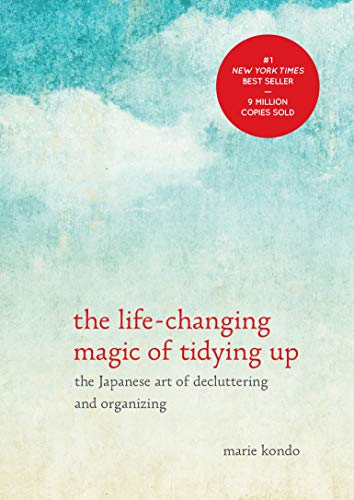 Marie has whittled her collection of books down to thirty. That’s not going to happen for me! I keep many books for reference purposes although I do try to keep books moving such as to friends, little neighbourhood libraries, and to Well Read Books in downtown Nanaimo. Their bookstore supports all their literacy programs. I’m looking forward to the Writing Life women’s writing circles meeting in person again as I like to have book draws to pass books along.
Marie has whittled her collection of books down to thirty. That’s not going to happen for me! I keep many books for reference purposes although I do try to keep books moving such as to friends, little neighbourhood libraries, and to Well Read Books in downtown Nanaimo. Their bookstore supports all their literacy programs. I’m looking forward to the Writing Life women’s writing circles meeting in person again as I like to have book draws to pass books along.
Tisha Morris is someone else whose work attracted me and I read her book Clutter Intervention: How Your Stuff is Keeping You Stuck (Llewellyn Publications, 2018). I like what Tisha says: “In all art forms, the beauty lies in the empty space.”
While an empty space breeds fear Tisha says, “the void is also where creation is born.” Keeping unused art supplies for instance can “end up stagnating the creative process.” Tisha is right when she says: “Inspiration happens in a flash, in peak moments of life, not in piles from yesteryear.”
“Which items are relevant to you now and to where you want to go? Tisha asks. When I was writing, in my last blog, about notebooks and journals that people keep, some said they like to look back to help them write their memoir or to see how well they survived, reminding themselves of their courage and resilience.
I’m considering what Tisha has to say: “When the past is so present that your vision for your future is cloudy, fuzzy, or overwhelming, that’s when you know too much is too much.”
Recently I saw a reference to The Gentle Art of Swedish Death Cleaning (Scribner, 2018) and borrowed the book from the library. The author, Margareta Magnusson, describes her age as somewhere between 80 and 100. As she says in her light-hearted book: “Death cleaning is not about dusting or mopping up; it is about a permanent form of organization that makes your everyday life run more smoothly.” Doesn’t that sound ideal? The cupboards by your front door is the place to start Margareta says. And anywhere else you may have stored things such as the attic or basement. Thankfully, I don’t have an attic or basement. Or a storage locker.
Personal papers are the things I really need to go through. Margareta says don’t start with those or photographs as you’ll “get stuck down memory lane and may never get around to cleaning anything else.” She says “start with the large items in your home, and finish with the small.”
We really do need a de-cluttering guide specifically for writers as we can amass great quantities of paper with every draft of everything we’ve ever written. And there are file folders of rejection letters. Those could make a good collage, just for the fun of it. especially if there are some famous names in there.
Following her husband’s death, Margareta Magnusson took a year for death cleaning. She worked at “a steady pace” on her own, keeping in mind certain objects that her children adored.
Margareta has a sweet way of suggesting to people such as your parents who are getting old, that they ought to think about what they want to do with their “many nice things” in particular, “later on.”
She has some questions that could be posed:
Do you enjoy having all this stuff?
Could life be easier and less tiring if we got rid of some of this stuff that you have collected over the years?
Is there anything we can do together in a slow way so that there won’t be too many things to handle later?
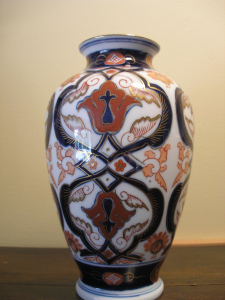 “If you decide to downsize your home, it is a good thing not to be in a hurry,” Margareta says. She advises against getting “stuck in memories. No, now planning for your future is much more important. Look forward to a much easier and calmer life – you will love it.” All of this is done by taking care of your present life in terms of your home and garden and yourself.
“If you decide to downsize your home, it is a good thing not to be in a hurry,” Margareta says. She advises against getting “stuck in memories. No, now planning for your future is much more important. Look forward to a much easier and calmer life – you will love it.” All of this is done by taking care of your present life in terms of your home and garden and yourself.
[The vase pictured is one that Sarah and I passed on to a friend with some flowers in it.]
Margareta’s late husband had a toolshed (snickarbod in Swedish) where he would organize and examine his tools every day. It gradually became “what I believe today is called a ‘man cave’ Margareta says. “ In Swedish we also now sometimes call it mansdagis – a male kindergarten, which makes me smile and which feels like an entirely appropriate word.” It makes me smile too!
Another great Swedish word is fulskap, “a cabinet for the ugly.” This is “a cupboard full of gifts you can’t stand to look at, and which are impossible to regift,” Margareta says. “Usually these are presents from distant aunts and uncles that you put on display when the giver comes to visit.”
“This is a bad idea. If aunts and uncles see their gifts on show, they will only give you more!”
“What it all comes down to is, if you don’t like something, get rid of it,” Margareta says. No one is visiting these days so it’s a good time to get rid of ugly things. We’re fortunate that we can take ornaments and the like to local thrift stores in our area these days. You can always take a picture of what you’re letting go of and write about it in a notebook. Something else to let go of at some point!
“Death cleaning is also something you can do for yourself, for your own pleasure,” Margareta says. “And if you start early, at say sixty-five, it won’t seem like such a huge task when you, like me, are between eighty and one hundred.”
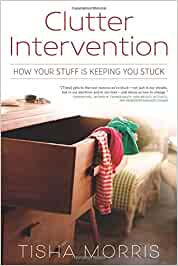 As I’m between 70 and 80, it’s definitely time to clear the way for what else wants to reveal itself, in the clear space, in terms of creative pursuits. And,to make it much easier for whoever has to deal with all the stuff. It’s easy to feel stuck these days as we can’t travel very far or gather in groups as we’d like to, so it’s probably a good time, being the Chinese Year of the Ox, to clear out and pare down. (2021 is a Metal year which represents a clean, pristine, even shiny environment.)
As I’m between 70 and 80, it’s definitely time to clear the way for what else wants to reveal itself, in the clear space, in terms of creative pursuits. And,to make it much easier for whoever has to deal with all the stuff. It’s easy to feel stuck these days as we can’t travel very far or gather in groups as we’d like to, so it’s probably a good time, being the Chinese Year of the Ox, to clear out and pare down. (2021 is a Metal year which represents a clean, pristine, even shiny environment.)
Tisha Morris says when it comes to “work supplies” which I take to include all those “ideas” files I have, let them go. (I can always write about them here!) “In seeing the bigger picture, you can let go of the old supplies and step more fully into the expanded version of your current self. Clutter is anything that keeps us anchored in the past, preventing us from moving forward.” We definitely don’t want that.

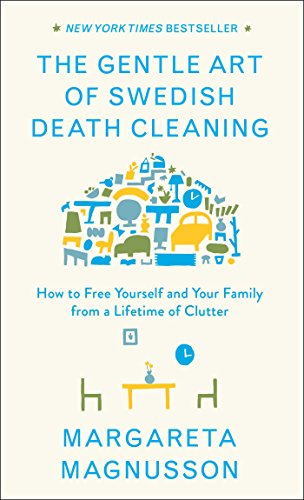
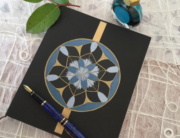
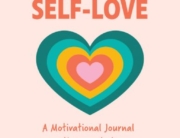
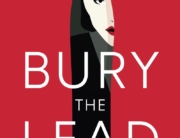


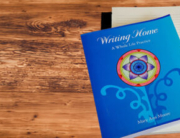


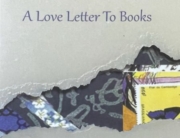

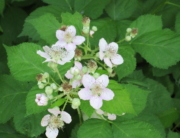
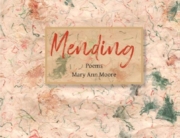

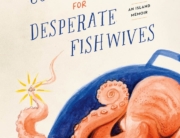
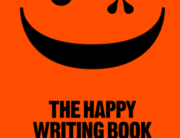

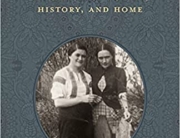


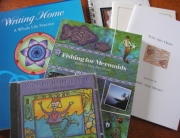

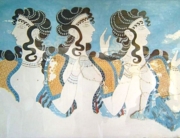
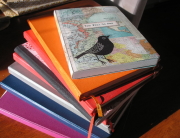

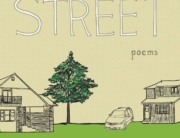
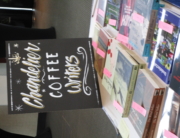
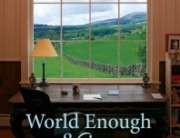
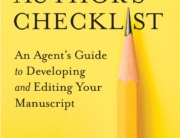
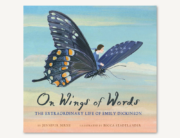
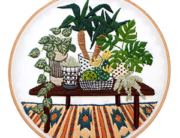
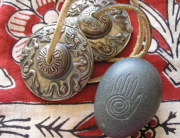

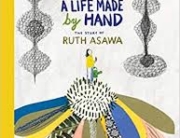
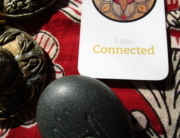


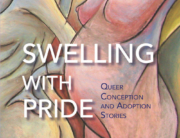

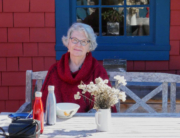

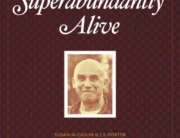
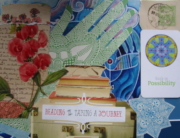
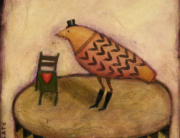

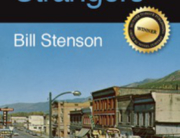
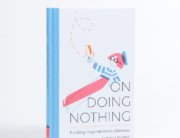



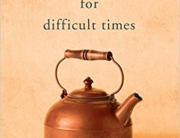
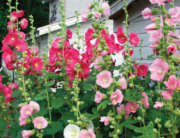
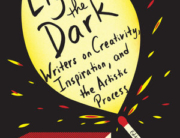
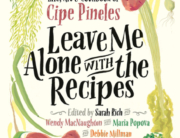
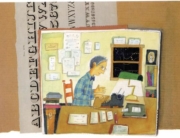
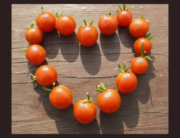



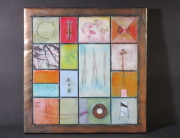
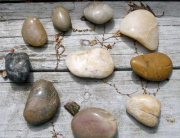
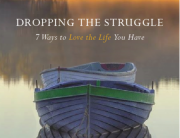
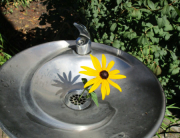
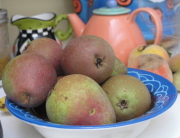
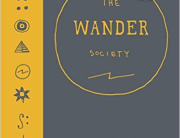



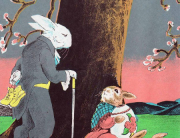

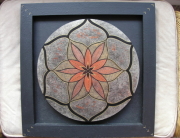

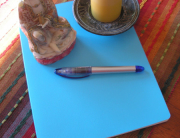

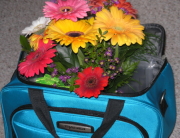
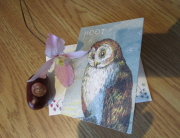

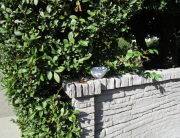
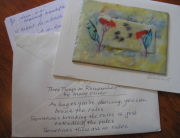
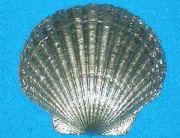
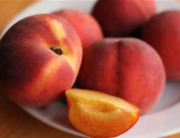
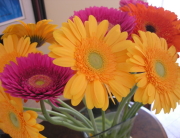
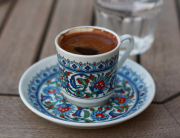
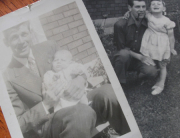
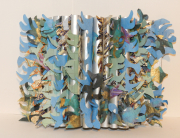
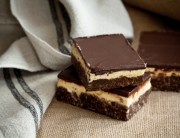


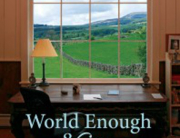
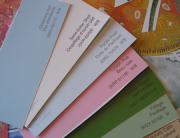
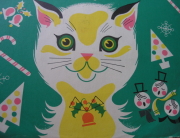
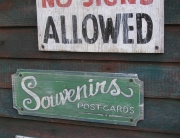
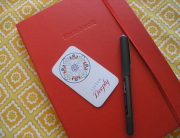
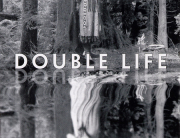


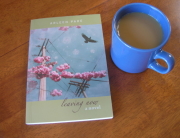

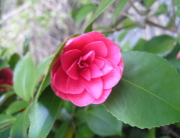


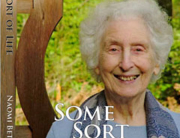

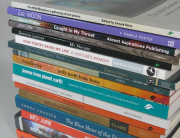

There are some very good tips here. I know that I should purge stuff but the idea just overwhelms me. Thanks for sharing this, Mary Ann.
All so important and timely. My little room is so stuffed right now my creative energy has gone underground
This came at the perfect time. I just opened a bankers box of old letters, stories and past writing and was getting stuck reading it all. You have inspired me to dump 90% of it after a quick scan. Some of the letters are 50 years old. I don’t need that any more! Thanks. It will make a great bonfire.
Great blog post Mary Ann! I still mourn certain books I gave away when I was in downsizing mode. Never again.
Florence, it can definitely be overwhelming. Start with one easy step, which could be a drawer rather than a whole cupboard. Or one shelf. We can ask our kids if there are any things they’d like to have and put their names on them or give the items to them right now!
With the pandemic came the urge to use the time to purge. We have amassed a great deal of things that need to go away, either to the dump or a thrift store. They sit in bags and boxes by the basement door! Thank you MaryAnn for a variety of perspectives on clearing clutter. The emotional ties to photos and old letters I’m still trying to navigate. Hopefully those bags waiting will begin their march out the door soon!
Great reminders, M.A.M.! I surprised my clutterbug-self eight years ago by succeeding at this task when we decided to downsize. I swore a lot at first, then got into a slow-steady rhythm that worked so well that homes of friends with ‘normal’ levels of stuff looked packed to me. We used four sorting streams: garbage, donate, pack away on hold for a year before release, and keep to use/enjoy.
In recent years, my latent packrat ways have filled our smaller home to its navel again..Last spring, I made a fine start — only to realise that there was no truly safe way to move the bundles out of our premises. So, the front porch is still full — it will be THE place to start, as Margaretha advises, as soon as our covid restrictions permit easy/safe pick-up and removal again. At least the outgoing things are out of sight, and not missed one bit. Here’s to clearing many more free-flowing bays and rivers of unoccupied space in the year ahead.